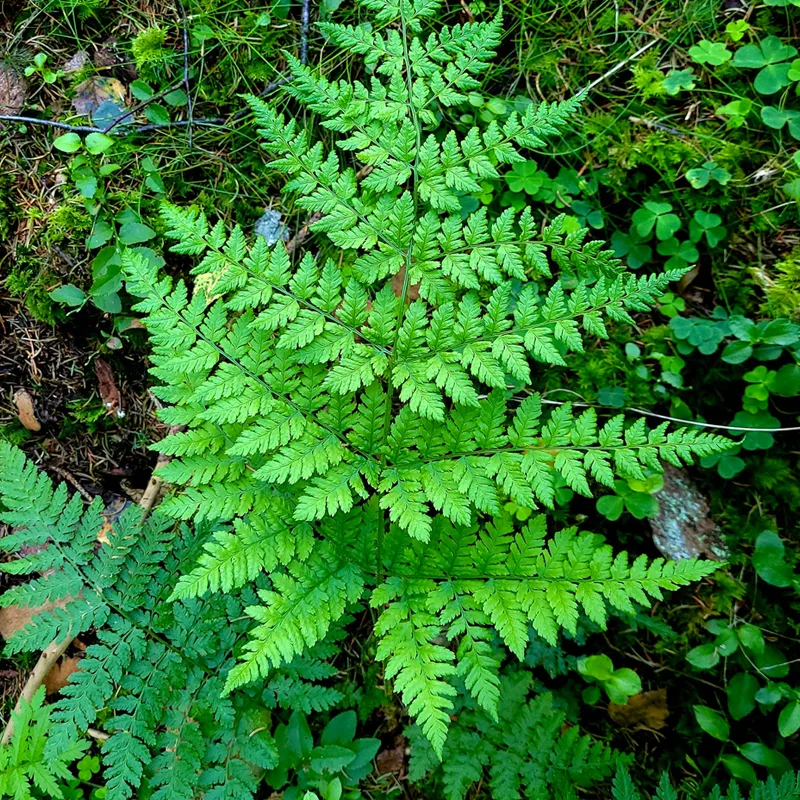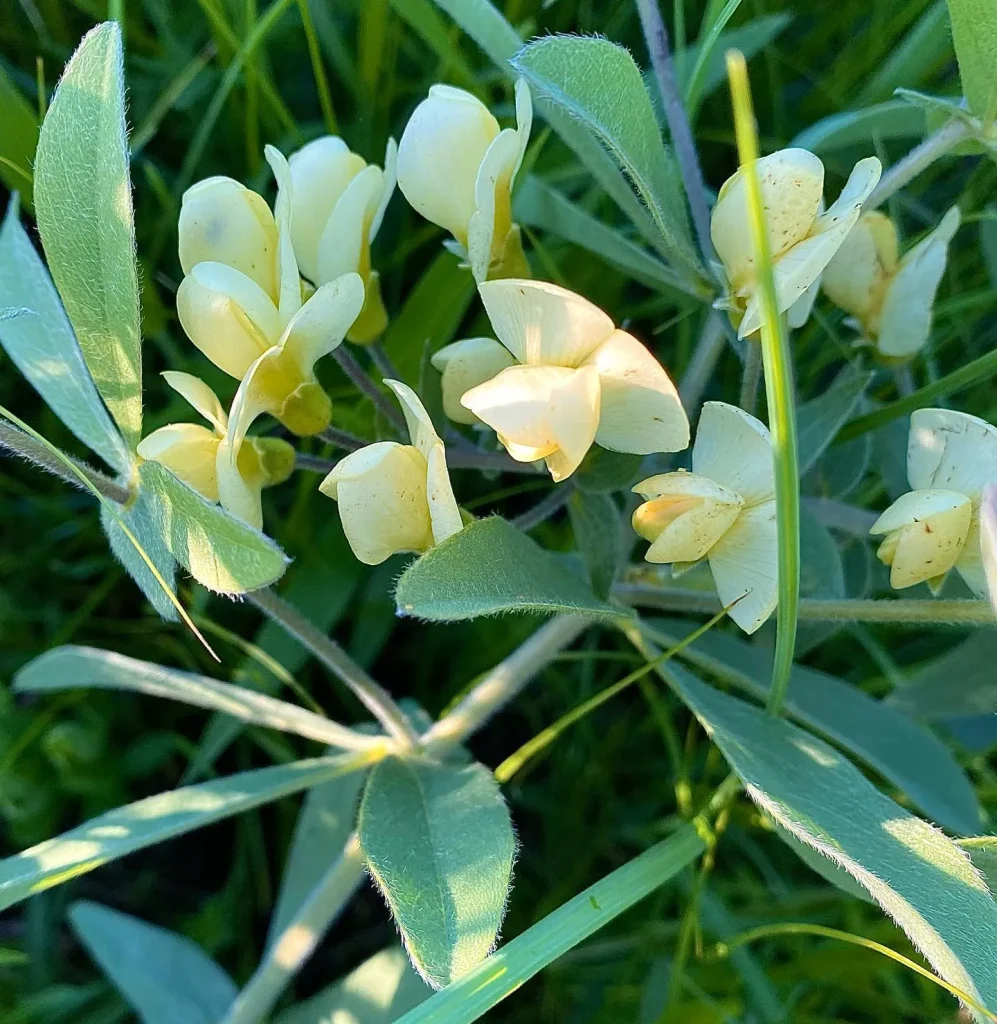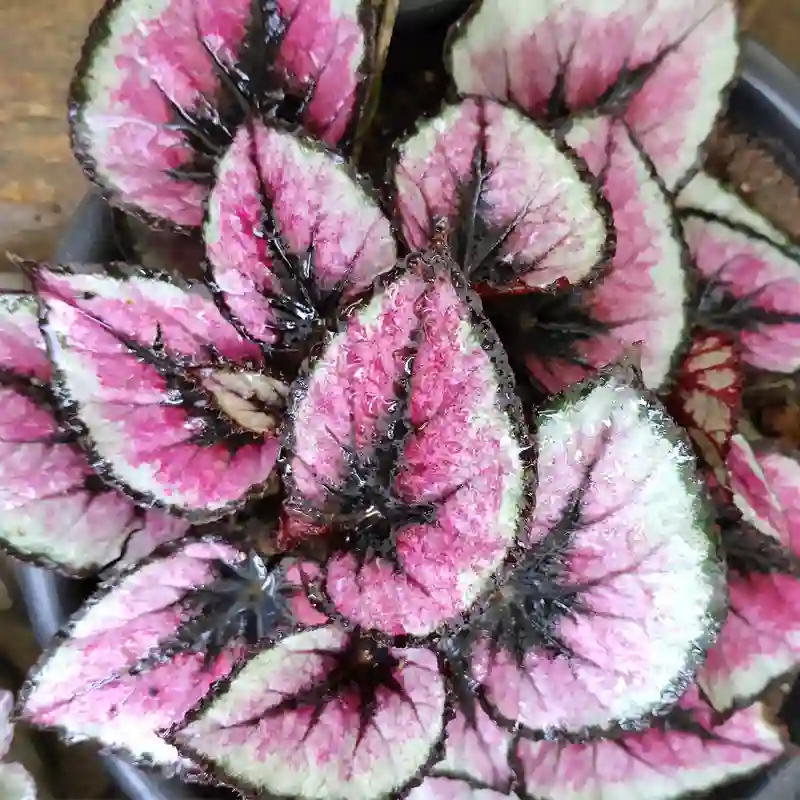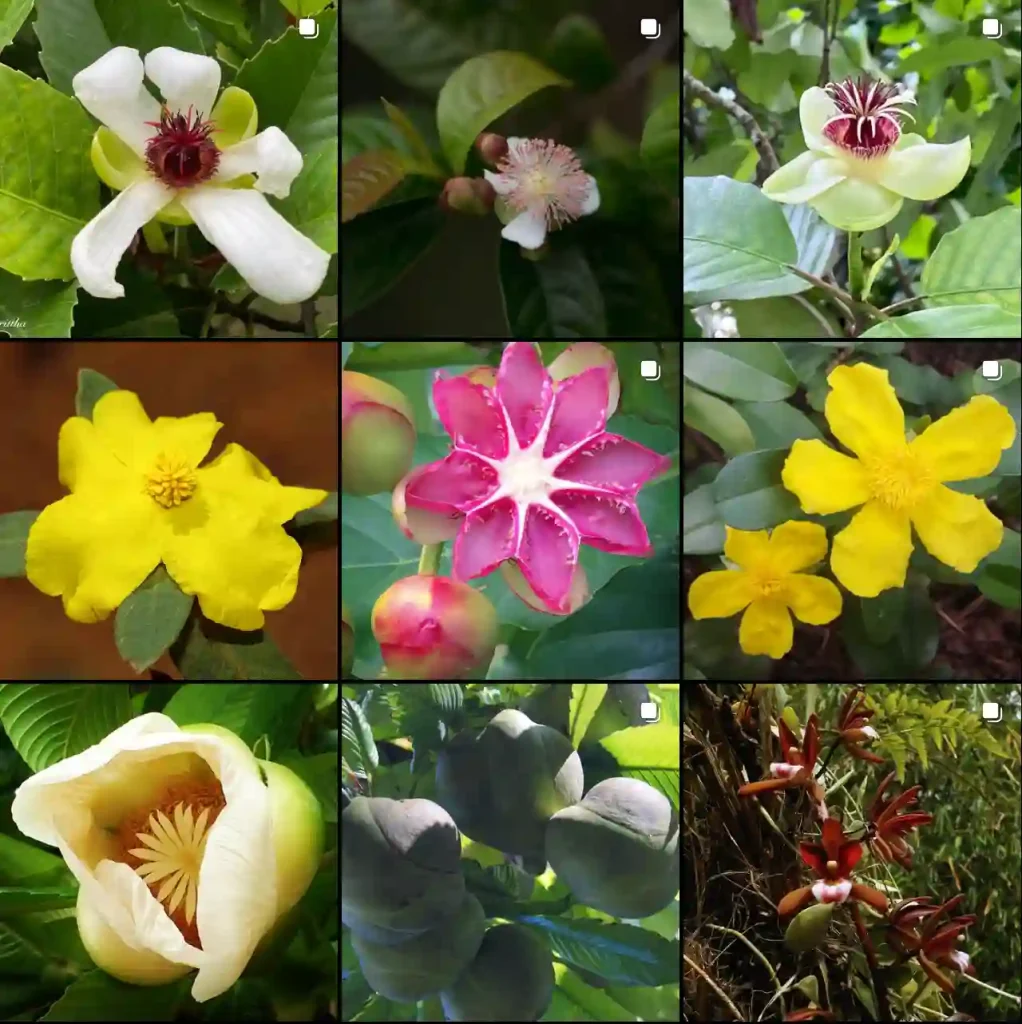Hosta T Rex: The King-Sized Shade Dweller
I’m Ferb Vu, and I’m obsessed with hostas. There’s something undeniably calming about their lush foliage and architectural presence in the shade garden. But among the many varieties, the Hosta T Rex reigns supreme. This giant isn’t just for show, though. Its impressive size and resilience make it a fantastic addition to any shady landscape.
Here, I’ll answer some of the most common questions about the Hosta T Rex, including its care requirements, how it compares to other hostas, and how to get the most out of this magnificent plant.
31 Species in Genus Hosta
What Makes the Hosta T Rex Special?
The T Rex lives up to its name. It forms a massive clump, reaching a mature height of 32-40 inches and a spread of up to 8 feet. Its enormous, slightly wavy, and corrugated green leaves boast a unique seersucker texture, creating a truly eye-catching focal point.
This hosta is a slow but steady grower, putting on a spectacular show year after year. But unlike some large hostas, the T Rex is known for its good slug resistance – a welcome quality for any gardener. Plus, it tolerates some sun exposure, making it a more versatile option for partially shaded areas.
How to care for Hosta T Rex?
The key to a thriving Hosta T Rex is providing the right environment. Here’s what you need to know:
- Light: Partial to full shade is ideal. Avoid harsh afternoon sun, which can scorch the leaves.
- Soil: Moderately fertile, moist but well-drained soil is crucial. Amend heavy clay soils with compost or other organic matter to improve drainage.
- Watering: Water deeply and regularly, especially during the first growing season to establish a strong root system. Once established, you can reduce watering frequency.
- Feeding: A light feeding in early spring with a balanced fertilizer can encourage healthy growth.
- Mulching: Apply a generous layer of mulch (2-4 inches) around the base of the plant to retain moisture, suppress weeds, and regulate soil temperature.
- Dividing: The T Rex can be divided every 3-5 years to maintain its vigor and create new plants.
Hosta T Rex vs. Other Hostas: Picking Your Perfect Plant
With hundreds of hosta varieties available, choosing the right one can be overwhelming. Here’s a quick comparison of the T Rex to some popular options:
- Hosta Francee: Similar in size to the T Rex, ‘Francee’ offers blue-green, heart-shaped leaves with a prominent central vein. It prefers full shade and slightly more moisture than the T Rex.
- Hosta Guacamole: This medium-sized hosta offers a unique textural contrast with its crinkled, chartreuse-colored leaves. It thrives in partial to full shade and is known for its fast growth rate.
- Hosta Elegans: A smaller hosta with blue-green, elongated leaves with a wavy margin. It’s a good choice for borders or smaller shade gardens. It prefers full shade and consistent moisture.
Ultimately, the best hosta for you depends on your specific needs and garden space. Consider the desired size, color, and sun tolerance when making your choice.
T Rex Tips: Getting the Most Out of Your Giant Hosta
Here are some additional tips to ensure your Hosta T Rex thrives in your garden:
- Early spring cleanup: Remove old, faded foliage before new growth emerges to promote better air circulation and prevent disease.
- Slug and snail control: While somewhat resistant, the T Rex can still be bothered by these pests. Use organic methods like beer traps or diatomaceous earth to deter them.
- Winter protection: In colder climates, you may want to protect the crown of the plant with a layer of mulch before the first frost.
The Hosta T Rex is a low-maintenance giant that rewards you with its impressive size and beautiful foliage year after year. With a little care, this prehistoric wonder will become a cherished centerpiece of your shade garden.
If i die, water my plants!



